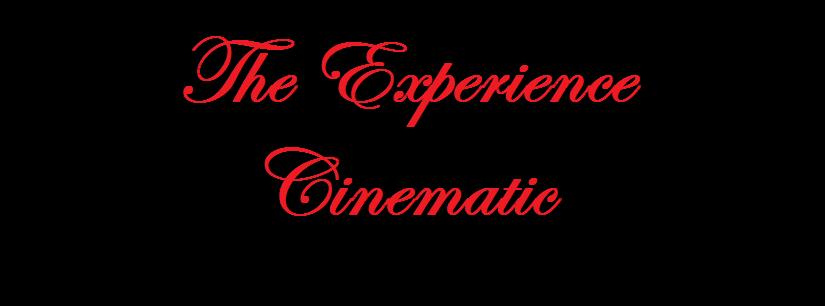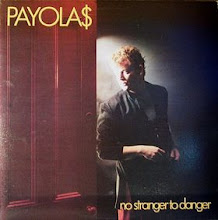 One of the more peculiar elements of America is the prominence which guns have in their society and culture. From the right to bear arms to the continued resistance to gun control legislation, guns just seem to be something of an obsession. Take a look at American cinema: from the action film to the thriller, guns tend to get quite a bit of screen time, and are perhaps mythologized most in the Western genre, where the gun is both the symbol of the wildness of the west while simultaneously acting as the primary tool for the forces of civilization.
One of the more peculiar elements of America is the prominence which guns have in their society and culture. From the right to bear arms to the continued resistance to gun control legislation, guns just seem to be something of an obsession. Take a look at American cinema: from the action film to the thriller, guns tend to get quite a bit of screen time, and are perhaps mythologized most in the Western genre, where the gun is both the symbol of the wildness of the west while simultaneously acting as the primary tool for the forces of civilization.It is this gun obsession which William Phillips’ 2010 Canadian Western comedy Gunless attempts to examine, juxtaposing the “code of the west” against the culture of its northern neighbour, aka my home country. The end result of this effort is a rarity for Canadian cinema: a mostly successful populist film which manages to dodge the usual pitfalls of imitating American genre pictures without Hollywood budgets whilst shoehorning in Canadian references where they are not needed. Instead, the highly allegoric film relies on strong comedic performances from its talented cast, lead by Canadian icon Paul Gross and Sienna Guillory, verbal wit rather than endless slapstick, and a dedication to embracing the more serious side of its chosen subject matter.
Gunless’ story is that of the Montana Kid (Gross), an American gunslinger on the run from a group of bounty hunters for having killed seven men on record, each in a fair gunfight. The Kid’s latest escape from his pursuers lands him in a small Canadian town where he quickly challenges a local blacksmith to a gunfight for the “offence” of looking after the Kid’s horse. There is just one problem: there is no working pistol in town. Bent on getting his gunfight, the Kid agrees to a local woman’s (Guillory) proposal: if he helps her build a windmill on her property, she will let him have her long broken pistol to mend. As the time passes and his pursuers ride closer to town, the Kid finds himself increasingly confused by the culture around him as well as being conflicted about his own identity as a gunslinger.
The film’s hypothesis as to why guns and a culture of violence persist in America today is a surprisingly intelligent one, dodging the culture of fear proposed in Michael Moore’s Bowling for Columbine and instead pointing towards the guilt and fear of admitting past failings as a society and culture. The Montana Kid is a character weighed down by the acts of violence he has committed, and in order to cope with the guilt has mythologized his entire identity in order to live and function as an individual. In the best scene of the film, the Kid breaks down why it is that he cannot back down from a gunfight and the implications of this speech suggest that admittance to being wrong in his use of violence in any situation would be tantamount to being wrong in all cases. The allegorical implications of this speach are massive with regards to American history, and transforms the film from being a simple deconstruction of mythology into a study of how mythology, particularly national mythology, serves the needs of both individuals and nations.
Where the film falters however is in its mythologizing of Canada at the same time as it deconstructs the myths of the America West. Unlike America, Canada has never had a strong national mythology to draw upon. As such, our tendency has been to rewrite our past with more recent national myths which have been at best dubious. Multiculturalism and peaceful existence are high ideals to have, but the degree to which we as a country have succeeded in upholding such values is questionable, and certainly not ideals we have managed to uphold in the past. Canada's history features no less than two attempted uprisings in the American mould,and the treatment of both aboriginal groups and Japanese immigrants are some of the darker parts of our history. The film instead projects these lesser traits wholly onto the American bounty hunters in the film, thus allowing Canada to get off nearly free of our failings. It doesn’t sink the film, but it is a misstep which needs to be critically examined.
However, I don’t wish to give the impression that the film is a weighty sociological study. Gunless from start to finish is a predictable, lighthearted comedy carried on the backs of its likable cast. Gross is in fine form here, showing that he is a capable leading man when his is willing to forgo the self important and indulgent tendencies often seen in his “auteur” projects, and Guillory manages to make a perfect foil for Gross. However, the biggest surprise in the film is Tyler Mane of X-Men and Halloween remake fame, as the blacksmith at the center of the Kid’s problems. While not award winning work, Mane show far greater skills as a performer than has been seen thus far, proving that he has the ability to take on greater challenges as an actor than merely silent killer number three.
Phillips writing and direction are solid, if unremarkable. At numerous points, Phillips allows the film to be too heavy handed, bringing far too much obvious attention to the presence of guns in the film when a more subtle approach would have worked. However, Phillips keeps a tight control on the production as director, carefully grounding the film in a sense of realism while keeping his actors in check from going overbroad. He isn’t going to be in the big leagues with David Cronenberg anytime soon, but he accomplishes what he sets out to do.
If Gunless suffers from any major problem, it’s that it has been released at the wrong time. I don’t know who planned the release date, but opening the film a week before Iron Man 2 was one of the more idiotic moves I’ve seen in recent cinema, dooming the film to obscurity. If it is playing near you at the moment, I would highly recommend seeing Gunless while you still can. Tony Stark will still be around to give your money over to next weekend. Gunless needs it now.


No comments:
Post a Comment
What Is Your Cinematic Experience? Post Here!